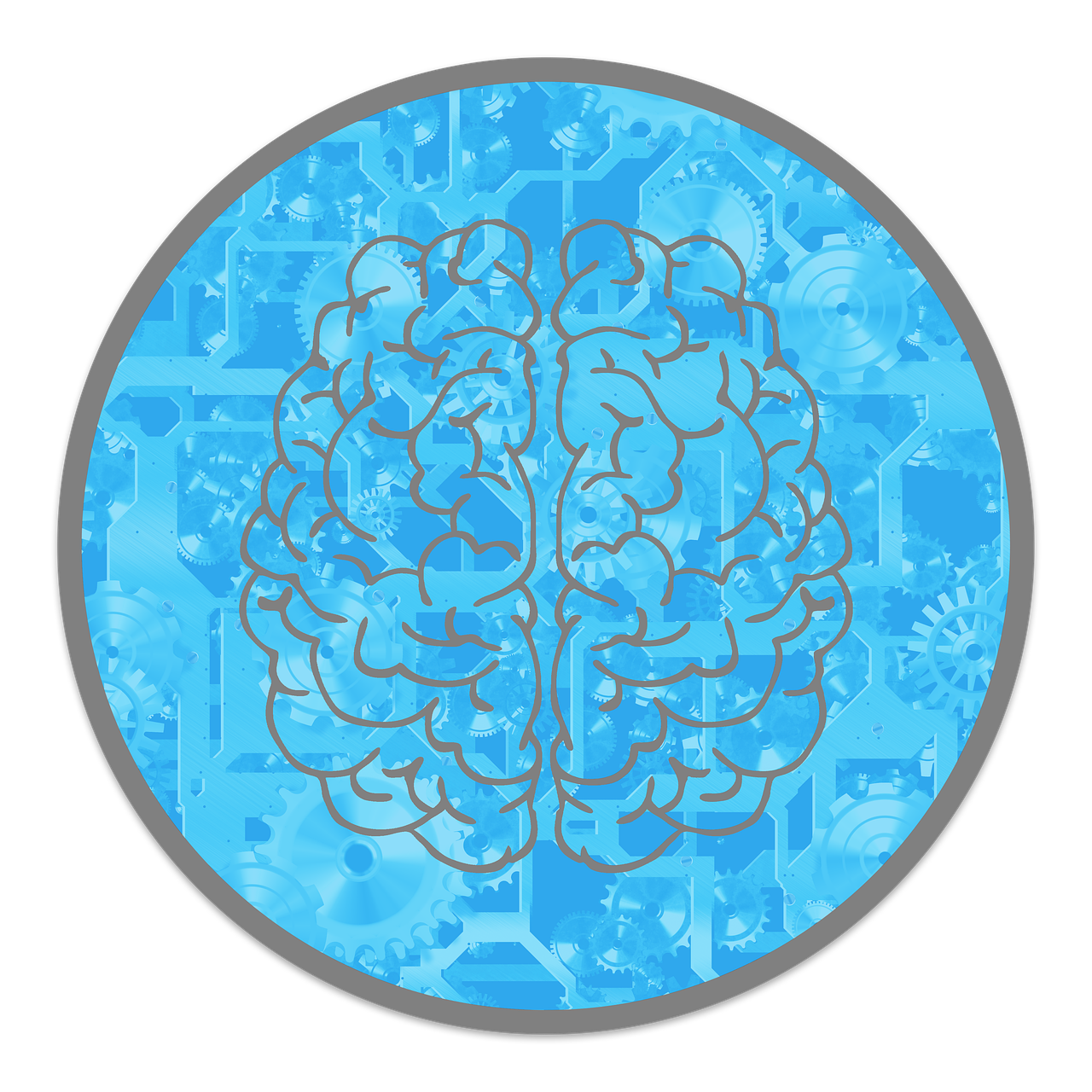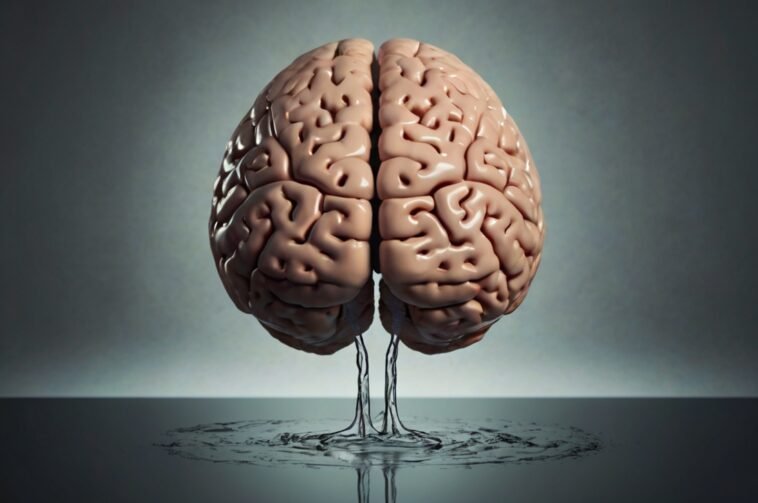
Understanding the human brain remains one of science’s most formidable challenges.
As we advance into 2025, research into brain complexity is experiencing significant transformations.
Innovations in technology and interdisciplinary collaborations are shedding new light on the brain’s intricate workings.
This article explores the latest trends and breakthroughs shaping the future of brain complexity research.
Neurotechnology and Brain-Computer Interfaces (BCIs)
New brain technologies are getting better fast.
Scientists can now map and understand the brain in more detail than before.
This helps with treating brain-related health problems.
Some non-invasive treatments (which don’t require surgery), like neurofeedback and TMS (transcranial magnetic stimulation), are showing good results for conditions like ADHD and depression.
Wellness centers are also starting to use these tools along with healthy habits like exercise, sleep, good food, and stress management to support brain health.
Brain-computer interfaces (BCIs) are another big step forward.
These are devices that let the brain talk directly to machines—without needing to move or speak.
They could help people with serious brain or nerve conditions, and might even boost memory or focus in healthy people.

Artificial Intelligence in Neuroscience
Artificial intelligence (AI) is helping brain science in a big way.
AI tools like machine learning and neural networks can study huge amounts of brain data and find patterns that humans might miss.
This helps scientists learn more about how the brain is built and how it works.
Together, AI and neuroscience are speeding up research and helping experts come up with new ways to study and treat the brain.
Advancements in Neuroimaging Techniques
Brain scanning tools are getting better.
These tools help scientists and doctors see what’s happening inside the brain.
One of the most used methods is fMRI (functional magnetic resonance imaging).
It shows which parts of the brain are active by tracking blood flow.
New improvements in fMRI and other scans now give clearer pictures and more accurate details.
This helps experts understand how we think, feel, and how brain diseases work.
Digital Twin Brain Models
A Digital Twin Brain (DTB) is like a digital copy of your brain.
It’s made using data from scans and other brain research.
Scientists use this model to study how the brain works and how problems like mental illness might start.
The goal is to use DTBs to improve mental health care and to help build smarter machines that learn and think more like humans.

Collaborative and Interdisciplinary Research
Brain science is no longer just about biology.
Today, researchers from many fields work together to understand how the brain works.
This includes experts in psychology, computer science, engineering, math, and more.
Each field brings different tools and ways of thinking.
When these experts team up, they can study the brain in new ways and find better answers to tough questions.
Ethical Considerations and Neuroethics
As brain technology gets better, it also raises big questions.
For example, who owns the data collected from your brain?
What if a treatment changes how someone thinks or feels in ways they didn’t expect?
These are serious concerns.
That’s why we need clear rules and strong ethics to guide how these tools are used.
It helps protect people’s rights and keeps brain science safe and fair.
Conclusion
The landscape of brain complexity research is evolving rapidly, driven by technological innovations and interdisciplinary collaborations.
Advancements in neurotechnology, AI, neuroimaging, and digital modeling are enhancing our understanding of the brain’s intricate workings.
As we navigate these developments, ethical considerations remain paramount to ensure responsible and beneficial applications of neuroscience research.



